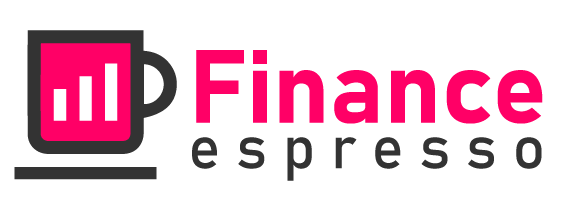Understanding Home Loans: A Guide to Financing Your Dream Home
It’s the American Dream to own a home- but for many, that dream requires understanding and planning for a home loan. It can be a daunting task to navigate the various types of loan products, loan terms, and mortgage rates. In this article, we’ll provide a comprehensive guide to understanding home loans and how to finance your dream home.
Types of Home Loans
There are a few major types of home loans to consider when financing a purchase:
- Conventional loans: These are the most common types of home loans and are offered through private lenders. Conventional loans typically require a larger down payment than government-backed mortgages and may have stricter credit and income requirements.
- FHA loans : FHA loans are backed by the Federal Housing Administration and often considered ideal for first-time home buyers. They have lower down payment requirements, and offer flexible qualification criteria such as lower credit score thresholds.
- VA loans : These are home mortgages offered to current and former military service members. VA loans may offer 100% financing and are backed by the U.S. Department of Veterans Affairs.
- USDA loans :These are government-backed mortgages offered to rural homebuyers with limited income. USDA loans offer 100% financing with low interest rates and typically only require a low credit score.
What to Know About Home Loans
Beyond just the type of loan, there are a few things to consider before choosing and applying for a loan. It is important to understand the:
- Mortgage terms: This is the length of the loan, usually ranging from 10- to 30-years. Longer terms mean lower monthly payments but more interest over the life of the loan.
- Mortgage rate: This is the interest rate on the loan, which can vary based on the lender, loan type, and market conditions.
- Down payment: This is the amount of cash a borrower must pay upfront to secure the loan. The larger the down payment, the lower the monthly payments and interest rate.
- Closing costs: These are the additional fees associated with the loan including origination fees, appraisal fees, and title costs.
How to Finance Your Dream Home
Financing a home purchase requires first understanding your own financial situation. Before applying for a loan, it’s important to assess your income and credit score, as well as other assets such as savings and investments. Depending on your unique circumstances, you may qualify for a conventional loan, or one of the government-backed options.
Next, consider the various loan options. Talk with a few lenders to find the competitive rates and terms offered, as well as the closing costs associated with each loan. Some lenders offer higher rates or lower fees, so it’s important to shop around.
Once you’ve chosen a loan product and have applied, lenders will assess your credit score, income, and other factors to determine if you qualify. Once approved, you’ll sign documents to finalize the loan and start the journey of home ownership.
Conclusion
Understanding home loans requires details, planning, and patience. Despite the complex process, financing your dream home is an achievable goal. With the information outlined in this article, you can make an informed decision and confidently pursue the American Dream of home ownership.


